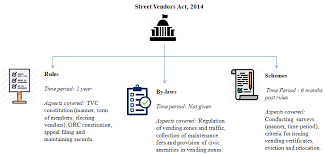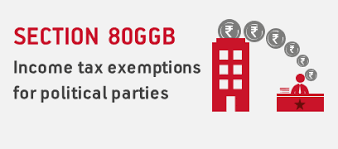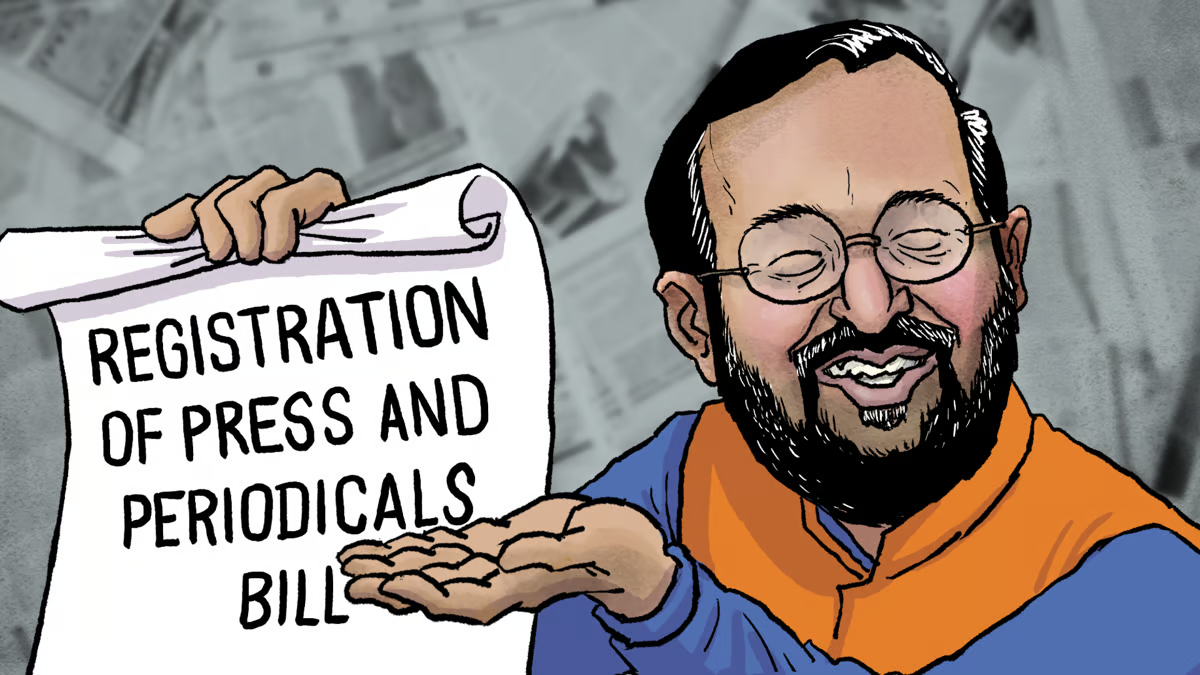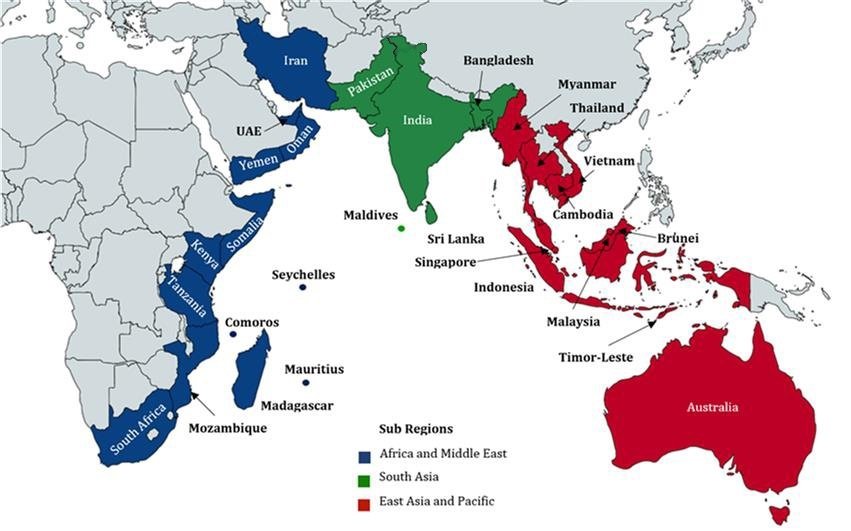
PRAGATI Platform
Subscribers of "Current Affairs" course can Download Daily Current Affairs in PDF/DOC
Subscribe to Never Miss an Important Update! Assured Discounts on New Products!
Must Join PMF IAS Telegram Channel & PMF IAS History Telegram Channel
- Context (PIB): The PRAGATI (Pro-Active Governance and Timely Implementation) Platform was launched in 2015 to introduce e-transparency and e-accountability in welfare schemes.
- The platform addresses public grievances and monitors essential government programs.
- It operates on three technologies
- Digital Data Management
- Video-Conferencing
- Geospatial Technology
Working Structure of PRAGATI
- It is a 3-tier system involving the Prime Minister’s Office (PMO), Union Government Secretaries, and Chief Secretaries of the States (promotes cooperative federalism).
- The PM holds a monthly program generally on the Fourth Wednesday (PRAGATI Day).
- Union Government and Chief Secretaries provide comments and updates on the flagged issues and grievances within three days.
Key benefits of the PRAGATI platform
- E-Transparency: Ensures transparency in governance by making information accessible in real-time.
- E-Accountability: Holds officials accountable for their actions and decisions.
- Real-Time Exchange: Facilitates real-time interaction and exchange among key stakeholders.
- Public Grievance Redressal: Addresses the grievances of the common man effectively.
- Program Monitoring: Enables monitoring and reviewing of government programmes and projects.
- Cooperative Federalism: Bringing central and state officials together.
- Technology Integration: Integrates digital data management, video-conferencing, and geospatial technology for effective governance.
UPSC Mains Practice QuestionQ. How has the Pragati platform transformed the governance paradigm in India, shifting it from a bureaucratic, top-down approach to one characterised by responsible and transparent governance?Answer: The Pragati platform has ushered in a transformative shift in the governance paradigm, effectively transitioning from a bureaucratic, top-down approach to a model marked by responsible and transparent governance. India’s governance framework – Historical Context
How the PRAGATI platform brought a paradigm shift in a traditional governance model
Collaborative Structure
Timely Decision making
Red Tape Challenges
Top-Down Approach
Pro-active Governance
Conclusion
|





![PMF IAS Environment for UPSC 2022-23 [paperback] PMF IAS [Nov 30, 2021]…](https://pmfias.b-cdn.net/wp-content/uploads/2024/04/pmfiasenvironmentforupsc2022-23paperbackpmfiasnov302021.jpg)










